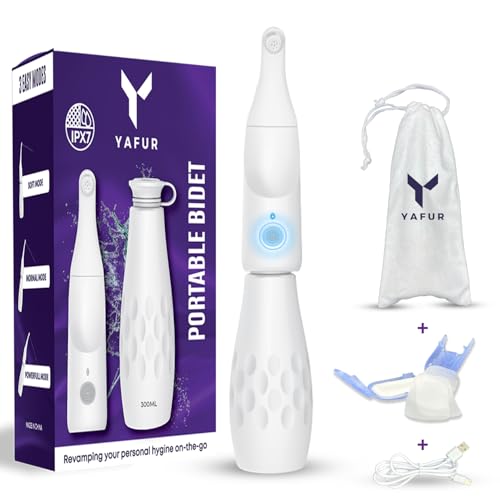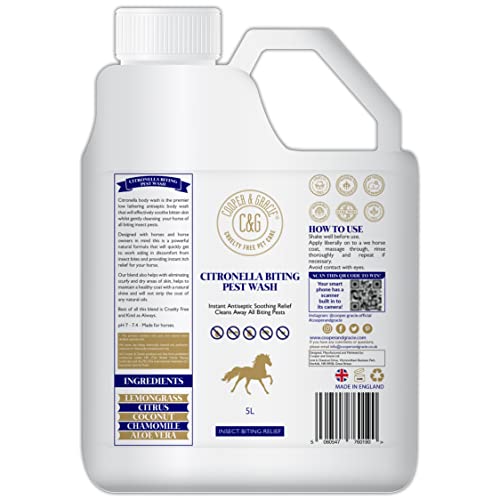




Signs of digestive distress can emerge within a few hours post-ingestion. Typically, you might notice your furry friend exhibiting symptoms like loose stools approximately 6 to 12 hours later. This timeframe varies based on the individual animal and the specific item consumed. For instance, if your pet sneaks a bite of something unsuitable, keep an eye on their behaviour and bowel movements for the next half-day.
Monitoring hydration is key during this period. Ensure your canine companion has access to fresh water, as dehydration can become a concern with any digestive upset. If loose stools persist beyond 24 hours, it’s advisable to consult your veterinarian promptly. They can provide tailored advice and, if necessary, recommend a suitable diet to help your pet recover.
In my experience, each incident serves as a reminder of the importance of keeping our pets safe from harmful foods. I once had a scare with my own dog, who managed to snag a piece of chocolate. Within hours, we were on high alert, watching for any signs of distress. Thankfully, a quick visit to the vet ensured everything turned out well, but it reinforced the need for vigilance.
Paying close attention to your pet’s reactions can guide you in determining the right course of action. Quick responses can make all the difference in ensuring their well-being.
Understanding the Digestion Timeline in Dogs
Most canines digest food within 8 to 12 hours. This period can vary based on factors such as breed, size, and the specific type of meal. For instance, a large breed might take longer compared to a smaller one. When introducing new foods, always monitor their response closely.
Factors Affecting Digestion
Several elements impact how quickly a canine processes their meal:
| Factor | Impact on Digestion |
|---|---|
| Size | Larger breeds generally have slower digestion rates. |
| Age | Younger animals may digest faster than older ones. |
| Diet | High-fibre foods may slow down the process, while high-protein options can speed it up. |
| Health Status | Illness or digestive issues can significantly alter digestion time. |
Signs of Digestive Distress
Keep an eye out for symptoms such as nausea, vomiting, or unusual stool consistency. These can indicate that your pet’s system is reacting to something in their diet. For instance, if you notice a sudden change in their waste, it might be time to consult a vet for advice.
Identifying Symptoms of Gastrointestinal Distress
Watch for specific signs indicating gastrointestinal issues in your pet. Key symptoms include:
- Vomiting: Repeated episodes can signal underlying problems.
- Abdominal pain: Signs include whining, reluctance to move, or a hunched posture.
- Loss of appetite: A sudden disinterest in food may indicate discomfort.
- Flatulence: Excessive gas production can be a telltale sign of digestive trouble.
- Changes in stool: Look for consistency, colour, and frequency variations.
Observational Techniques
Monitoring behaviour is crucial. Here are some effective methods:
- Daily Check-ins: Regularly observe your pet for any behaviour changes.
- Feeding Routine: Keep a consistent schedule to spot deviations easily.
- Stool Monitoring: Make note of any unusual characteristics in your pet’s waste.
When to Consult a Veterinarian
Seek professional advice if you notice:
- Persistent symptoms lasting more than a day.
- Severe lethargy or weakness.
- Blood in vomit or stool.
- Signs of dehydration, such as dry gums or excessive panting.
Being attentive to these signs can aid in quick identification and treatment of gastrointestinal distress, ensuring a happier and healthier pet.
Factors Influencing the Onset of Gastrointestinal Distress
Several elements affect the timing of gastrointestinal upset in canines. The type of food consumed plays a significant role; rich or fatty meals may lead to quicker reactions compared to bland or easily digestible options. Additionally, individual dog sensitivities vary widely, with some breeds predisposed to quicker responses due to their digestive systems.
Dietary Composition
The ingredients in a dog’s meal can greatly impact gut health. Foods high in preservatives or artificial additives may trigger a reaction much sooner than natural, whole foods. For instance, switching to best foods for dogs with arthritis can help maintain digestive balance and reduce adverse reactions.
Health Status and Stress Factors
Underlying medical conditions, such as pancreatitis or allergies, increase vulnerability to gastrointestinal issues. Stress can also play a part; a change in environment or routine might lead to digestive disturbances. Monitoring your pet’s behaviour and health can help identify patterns and anticipate problems.
Observing these influences can help pet owners manage their furry friends’ diets and maintain their overall well-being effectively.
When to Seek Veterinary Assistance
If your furry friend experiences severe gastrointestinal upset, a trip to the vet is necessary. Look out for symptoms like blood in the stool, persistent vomiting, or signs of dehydration such as excessive thirst or lethargy. If your pet’s condition lasts more than a day, it’s time to consult a professional.
Specific Indicators for Immediate Care
If your canine companion displays any of the following, seek veterinary help immediately: inability to keep water down, abdominal swelling, or significant changes in behaviour. These signs may indicate a more serious underlying issue that requires prompt attention.
Monitoring Recovery
<pEven if symptoms appear mild initially, keep a close eye on your pet. If there’s no improvement within 24 hours or if new symptoms arise, don’t hesitate to reach out to your vet. Quick intervention can make a significant difference in health outcomes.
Home Care Strategies for Managing Gastrointestinal Distress
Start with withholding food for around 12 to 24 hours. This gives the digestive system a chance to settle. Ensure water is available to prevent dehydration.
Introduce a bland diet gradually. Plain boiled chicken and rice work well. Serve small portions to avoid overwhelming the stomach. Monitor their reaction closely – if symptoms persist, revert to fasting for a bit longer.
Probiotics can help restore gut flora. Look for options specifically formulated for pets. Consult your veterinarian for appropriate brands and dosages.
Keep a close eye on hydration. If your furry friend refuses to drink, offer ice chips or an electrolyte solution designed for dogs. This can encourage fluid intake.
Maintain a clean environment. Regularly clean any areas where your pet may have had accidents to prevent further stress or anxiety. A calm atmosphere can aid recovery.
Consider natural remedies, like pumpkin puree, which can help firm up stools. Start with a small amount and observe how they respond.
Limit exercise to gentle walks. Overexertion can exacerbate discomfort. Focus on short, light activities until their condition improves.
Keep an eye on their behaviour. If they seem lethargic, exhibit severe discomfort, or if the situation doesn’t improve in a day or two, reach out to your veterinarian for further guidance.







